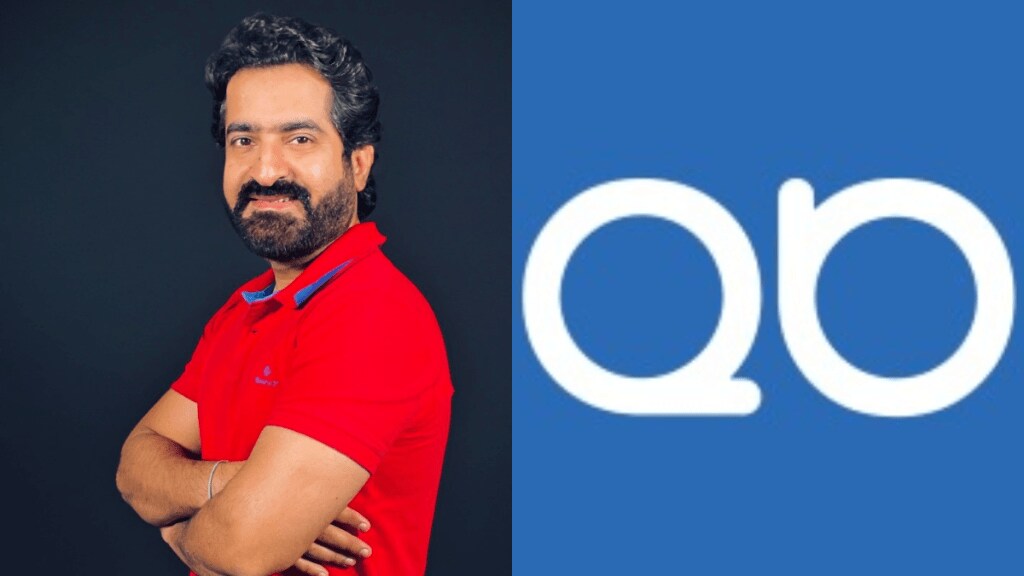The pandemic has brought about notable shifts across industries, and the case has been no different for marketing. Today, digital marketing has become a crucial aspect in order to acquire new customers and retain existing ones. In our weekly BrandWagon Ad Talk series, industry experts highlight what has changed over the past two years and more importantly, are these changes here to stay. Vineet Chugh, head of marketing, QueueBuster, talks to BrandWagon Online, about the dos and don’ts of digital marketing, best marketing campaigns, and more.
What is the difference between launching a brand in today’s digital era versus earlier?
The primary difference in launching a brand in today’s era compared to earlier times lies in the proportion of digital expenditure within a brand’s overall marketing strategy. Previously, brand launches predominantly centred around traditional media channels such as TV, Print, Radio, Outdoor, and BTL activities. The allocation of funds towards digital marketing gained momentum around 2010-12, coinciding with the surge of e-commerce in India. This period marked the emergence of an online audience, making it essential to establish a digital presence and capture attention in the online space.
And in digital marketing, the landscape is continually evolving. A few years ago, Facebook held the top spot as the preferred advertising platform, whereas today, Instagram takes precedence. Even within Instagram, the focus has shifted to features like reels, which have become exceptionally popular. Another noteworthy shift is the advent of influencers and the subsequent rise of influencer marketing.
What are the recent best marketing or advertising campaigns you have seen and why?
One of the most disruptive advertising campaigns I’ve recently come across is “The Sweet Truth” by Colgate. It is grounded in a profound insight that millions of Indians conclude their day with sweets instead of toothpaste. To convey this message, the campaign depicts people in various scenarios brushing their teeth with desserts. Notably, there is no product consumption shot, a rarity for a toothpaste advertisement. Colgate has a 45-50% market share in the Indian toothpaste market. It is interesting to see how this campaign communicates its message, emphasizing the unconventional but relatable habit of ending the day with something sweet rather than the typical oral care routine.
Another campaign I liked is the Google Pixel 8 launch campaign featuring Mr. India (Anil Kapoor). The campaign effectively communicates the brand’s main features by leveraging the popularity and nostalgia associated with the iconic movie character. This strategic approach not only taps into the emotional connection that people have with Mr. India but also serves as a clever and engaging way to showcase the key attributes of the Google Pixel 8. Using a beloved character from the past creates a memorable link between the brand and its audience, making the campaign stand out and resonate with viewers.
Which brand in the last year has made the best use of digital and how?
For me, Zomato continues to be the trailblazer when it comes to great advertising in the digital world. It rides on great content which people resonate with, get engaged and share. Whether through humorous memes or cleverly crafted app notifications, Zomato has mastered the art of content-led marketing in the digital landscape. This approach not only captures attention but also fosters a connection with users as well as non-users.
In a post-Covid world, what are the dos and don’ts of digital marketing?
The COVID-19 pandemic has had a profound impact on user behaviour, leading to increased digital literacy and significant shifts in online activities. Online shopping has experienced a notable surge, digital consumption has expanded across demographics, and smartphone usage has seen a surge across all age groups. The popularity of OTT platforms has soared, with Reels emerging as the most consumed video content format and this phase also gave rise to Quick Commerce.
In response to these changes, digital marketing strategies must evolve to meet the evolving landscape and consumer preferences. Brands must harness digital advertising more effectively by leveraging user insights and conducting robust data analysis. Video content is no longer an option but a necessity, given its effectiveness in engaging audiences.
Don’t prioritize profitability over sustainability. It’s essential not to overlook online reviews and feedback across platforms like Google, the App Store, and social media comments. Don’t ignore email marketing, it remains a cost-effective promotional tool that continues to yield results across various categories. And don’t forget mobile optimisation of your website, considering that nearly all users interact with brands through their mobile devices.
One recent bad case of advertising you have seen, and why?
The Vimal Pan Masala ads featuring Ajay Devgn quickly come to mind as examples of subpar advertising. Despite its tagline “Zubaan Kesari” gaining a certain level of notoriety, the overall marketing approach remains cringe-worthy. The situation worsens with the addition of two more superstars, Shahrukh Khan and Akshay Kumar, making the recent ad even more regrettable. No wonder, Akshay Kumar distanced himself from the brand and the campaign shortly after the backlash the first ad received.
Beyond the shortcomings of the advertising itself, it’s disheartening to witness significant celebrities endorsing products like tobacco, which pose serious health hazards.


